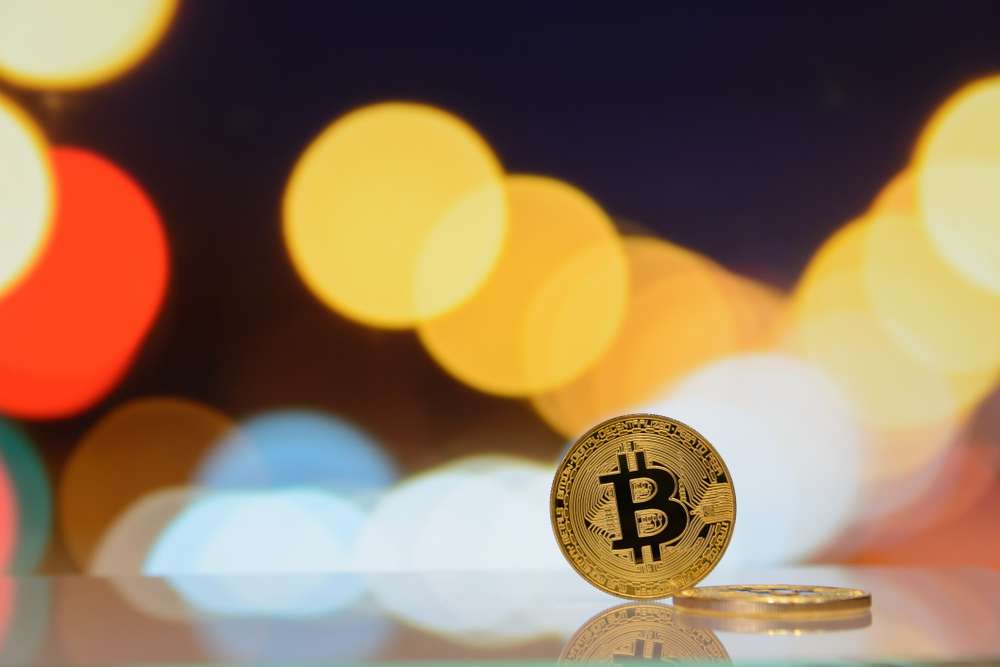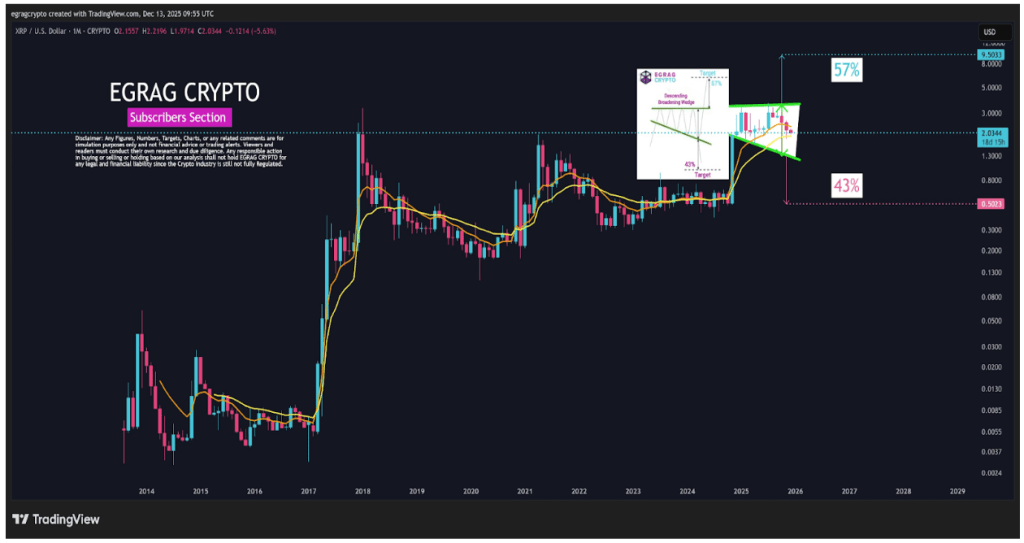
The Rise of Bitcoin as a Strategic Reserve Asset: Opportunity or Restriction?
In recent years, Bitcoin has steadily transitioned from a niche digital currency to a mainstream financial asset. As global institutions and governments increasingly consider Bitcoin for their strategic reserves, this marks a significant milestone in its journey. However, while institutional adoption enhances Bitcoin’s legitimacy, it also raises concerns about accessibility and decentralization.
Bitcoin’s Evolution: From Whitepaper to Reserve Status
Bitcoin’s rapid ascent from Satoshi Nakamoto’s original vision to a potential national reserve asset reflects its growing influence in global finance. The move by various financial powers, including the U.S. administration, to incorporate Bitcoin into strategic reserves underscores its perceived value and stability.
Positioning Bitcoin alongside traditional reserve assets such as gold and oil would be a groundbreaking shift, further cementing its role in the global financial system. This development could encourage central banks to recognize Bitcoin as a legitimate asset and expand financial services built around it.
Beyond its status as a digital store of value, Bitcoin offers distinct advantages. Its transparency, liquidity, and fractionalization make it a more efficient collateral than real estate or gold. Unlike traditional assets, Bitcoin transactions can be verified instantly, and its ownership is easily transferable across borders. These features make it an attractive option for institutions looking to diversify reserves with digital assets.
The Risk of Bitcoin Becoming the ‘New Gold’
Despite the optimism surrounding Bitcoin’s integration into national reserves, there is a looming risk: excessive institutional control could limit accessibility for individuals and businesses. If central banks accumulate vast amounts of Bitcoin and store them in cold wallets, Bitcoin could become increasingly inaccessible to the public, mirroring gold’s historical trajectory.
During the 19th century, gold served as both a public and government financial asset. However, in 1933, Executive Order 6102 in the United States prohibited private gold ownership, forcing citizens to relinquish holdings to the Federal Reserve. Although restrictions were lifted in 1974, government accumulation had already transformed gold into a luxury commodity, reducing its utility in everyday transactions.
Bitcoin could face a similar fate if governments quietly hoard it, effectively creating a “soft ban” on its accessibility. As institutional adoption accelerates, the question remains: will Bitcoin continue to be a freely tradable asset, or will it be locked away in national vaults, limiting its role in the economy?
Ensuring Open Bitcoin Reserves for a Decentralized Future
To maintain Bitcoin’s foundational principles of decentralization and accessibility, the crypto community must advocate for open Bitcoin reserves. National reserves should be structured to allow universal access, ensuring that Bitcoin remains a dynamic part of the financial ecosystem rather than a static, hoarded asset.
Historically, Bitcoin’s relatively slow transaction speeds and limited programmability have made it challenging to integrate into decentralized finance (DeFi). However, recent advancements in Bitcoin DeFi (BTCFi) are unlocking its potential for broader economic use. By developing transparent and decentralized reserve architectures, governments and financial institutions can integrate Bitcoin into economic activities without restricting its accessibility.
Projects that prioritize openness and liquidity will be crucial in shaping Bitcoin’s future as a reserve asset. By working alongside both traditional finance and the crypto industry, stakeholders can create a balanced ecosystem where institutional adoption does not come at the cost of public accessibility.
Conclusion: The Need for a ‘People’s Bitcoin Reserve’
As Bitcoin moves toward potential national reserve status, it is essential to preserve its original purpose—a decentralized, borderless financial asset accessible to everyone. The crypto community must remain vigilant against scenarios where Bitcoin becomes a restricted commodity, hoarded by institutions and governments.
While Bitcoin’s elevation to strategic reserve status is a testament to its strength, a balance must be maintained to ensure that it remains a financial asset for all. A “people’s Bitcoin reserve” could serve as a safeguard against excessive institutional control, ensuring that Bitcoin continues to be a freely tradable and accessible asset in the digital age.
The future of Bitcoin should not mirror gold’s past restrictions but instead embrace a new era of financial freedom and inclusivity. The challenge ahead lies in ensuring that institutional involvement strengthens Bitcoin’s role in the economy while upholding its core values of decentralization and accessibility.


